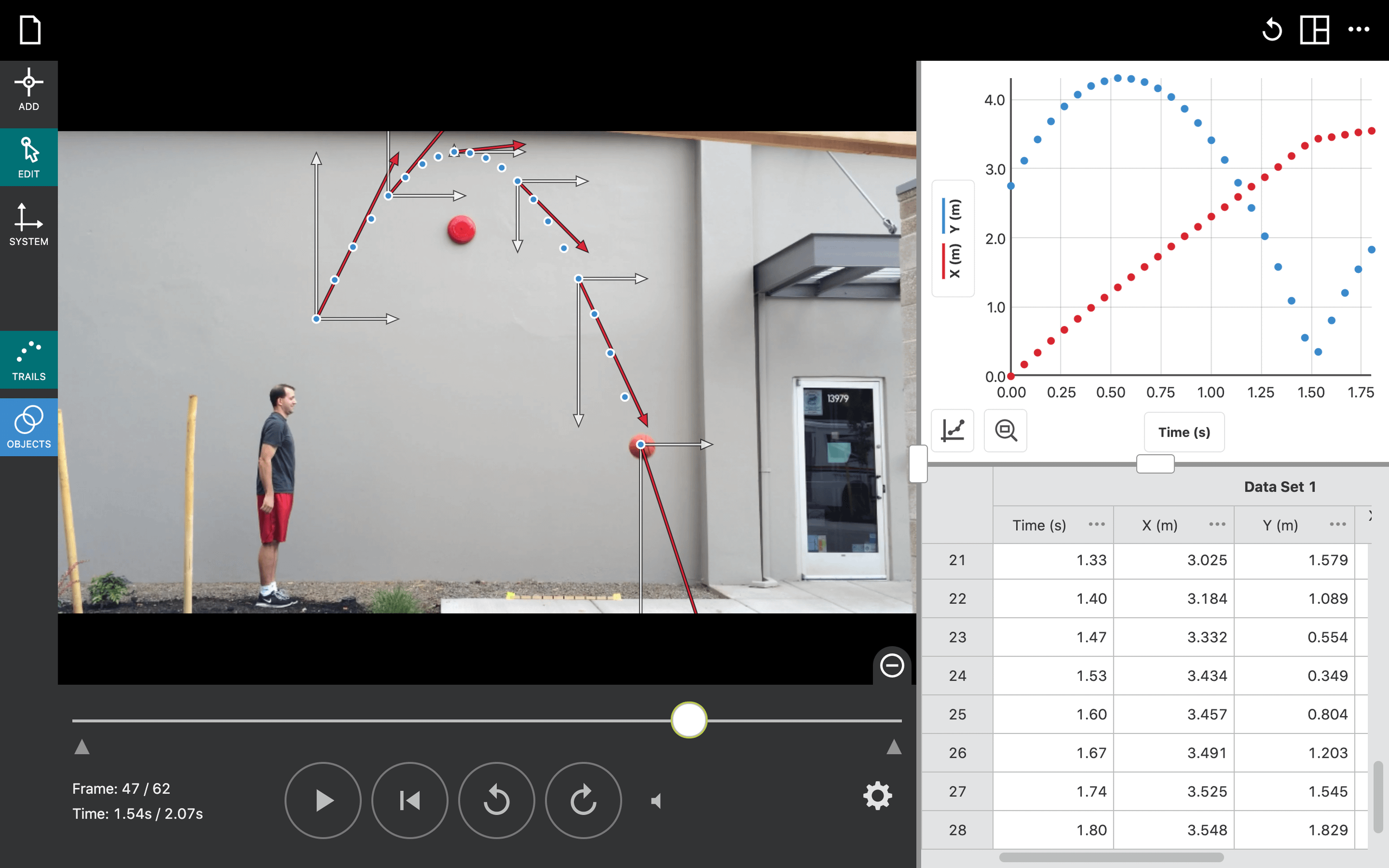1-Dimensional Inelastic Collisions
Experiment #10 from Vernier Video Analysis: Motion and Sports
- Subject
- Physics

Introduction
You may be familiar with the theory that an asteroid or comet collided with Earth and created conditions that caused the dinosaurs to become extinct. The Cretaceous–Paleogene extinction event was a sudden mass extinction of three-quarters of the plant and animal species on Earth approximately 66 million years ago. It marked the end of the Cretaceous period, and with it the end of the entire Mesozoic Era, opening the Cenozoic Era that continues today.
Take a minute to consider that collision. This is not a tidy event where two carts bounce off one another. These two objects were fused together during this collision. When all was said and done, both objects—the Earth and the asteroid/comet—were heading the same direction at the same speed.
In this activity, you will analyze a series of videos in which a cart in motion collides with another cart and afterward they are physically connected. (Sorry, no video is available from the Cretaceous period.)
Objectives
In this experiment, you will
- Use video analysis techniques to determine velocity and time data for two carts that are moving at a constant velocity before and after a collision.
- Evaluate the effect the collision has on the total quantities of velocity, momentum, and kinetic energy to determine if any are conserved.
Sensors and Equipment
This experiment features the following sensors and equipment. Additional equipment may be required.
Ready to Experiment?
Ask an Expert
Get answers to your questions about how to teach this experiment with our support team.
- Call toll-free: 888-837-6437
- Chat with Us
- Email support@vernier.com
Purchase the Lab Book
This experiment is #10 of Vernier Video Analysis: Motion and Sports. The experiment in the book includes student instructions as well as instructor information for set up, helpful hints, and sample graphs and data.


